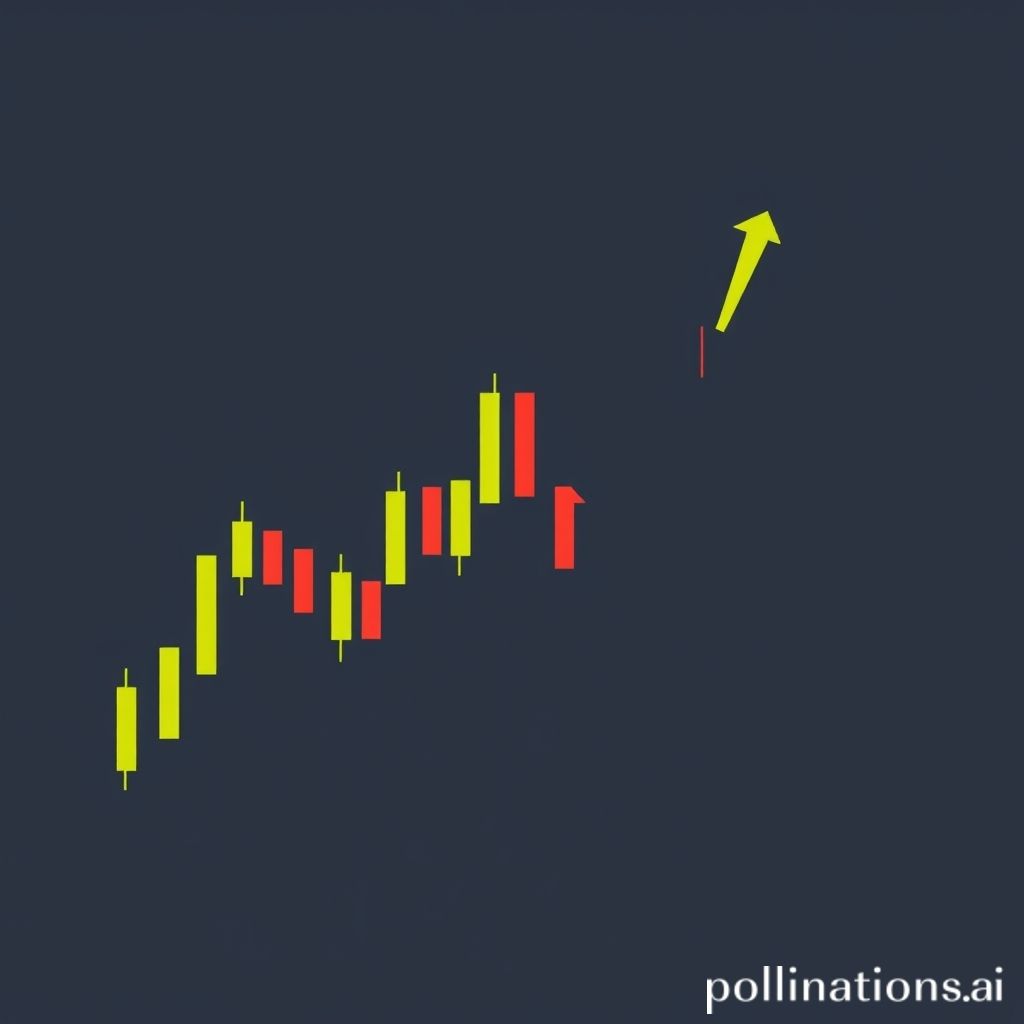Monte Carlo Portfolio Risk Optimization
Leveraging Monte Carlo Simulations for Portfolio Risk and Return Analysis
Introduction
The objective of this project is to analyze portfolio risk using Monte Carlo simulations. Monte Carlo methods provide a probabilistic approach to simulate thousands of potential portfolio outcomes under various market conditions. By running simulations, we can evaluate risk, calculate expected returns, and optimize portfolio allocation.
- Core Concept: Portfolio optimization using Monte Carlo simulations
- Key Metrics: Expected Portfolio Returns, Standard Deviation, Value at Risk (VaR)
- Tools & Libraries: Python, NumPy, Pandas, Matplotlib, SciPy
Technical Workflow
1. Importing Libraries and Setup
To begin, we import essential libraries for numerical computations and data analysis:
import numpy as np
import pandas as pd
import matplotlib.pyplot as plt
from scipy.stats import norm
These libraries allow us to generate random simulations, calculate statistical measures, and visualize results.
2. Data Generation and Portfolio Simulation
The project assumes a portfolio with random returns. Monte Carlo simulations rely on generating random values for each asset’s returns, assuming a normal distribution.
Simulation Steps:
- Randomize portfolio returns using the
np.random.normalfunction. - Generate thousands of simulations (e.g., 10,000 trials) for expected return scenarios.
- Analyze risk and performance measures from these simulations.
Example code for generating random returns:
np.random.seed(42) # Ensure reproducibility
mean_return = 0.12 # Annual expected return
std_dev = 0.18 # Annual standard deviation
num_simulations = 10000
portfolio_returns = np.random.normal(mean_return, std_dev, num_simulations)
3. Visualizing the Simulation
To evaluate the distribution of returns, the project visualizes the simulated outcomes using histograms.
Here’s an example of plotting the results:
plt.hist(portfolio_returns, bins=50, alpha=0.75, color='blue')
plt.title("Monte Carlo Simulated Portfolio Returns")
plt.xlabel("Returns")
plt.ylabel("Frequency")
plt.show()
This visualization gives a clear picture of the range of possible portfolio returns and the probabilities associated with each.
4. Calculating Value at Risk (VaR)
Value at Risk (VaR) is a crucial metric used to measure potential portfolio losses at a given confidence level.
The project calculates VaR at a 95% confidence level as follows:
confidence_level = 0.05
VaR = np.percentile(portfolio_returns, confidence_level * 100)
print(f"Value at Risk (95% confidence): {VaR:.2f}")
Here, the VaR indicates the maximum potential loss that will not be exceeded with 95% confidence.
5. Combining Risk and Return Analysis
By combining simulations and statistical metrics, the project provides insights into:
- Expected Return: Average of simulated returns
- Portfolio Risk: Standard deviation of returns
- Downside Risk: Metrics like VaR highlight potential losses.
Example code for analyzing key metrics:
expected_return = np.mean(portfolio_returns)
risk = np.std(portfolio_returns)
print(f"Expected Return: {expected_return:.2f}")
print(f"Portfolio Risk: {risk:.2f}")
Results
After running the Monte Carlo simulations, the project provides the following key insights:
- Simulated Portfolio Returns: A range of possible returns with probabilities.
- Value at Risk: The maximum potential loss at a 95% confidence level.
- Portfolio Risk: Measured by standard deviation, indicating volatility.
Visualization of these results allows investors to understand and prepare for various market scenarios.
Conclusion
The Monte Carlo Portfolio Optimization project highlights the power of simulations for analyzing financial risks and returns. By generating thousands of potential outcomes, the project enables investors to make data-driven decisions regarding portfolio allocation and risk management.
- Monte Carlo Simulations: Probabilistic risk and return analysis
- Value at Risk (VaR): Quantifies downside risk at a given confidence level
- Portfolio Insights: Combines risk metrics and expected returns for better decisions.
This project can serve as a foundation for advanced portfolio optimization models involving real-world asset data and constraints.
GitHub Repository
Access the complete codebase and implementation details here: Monte Carlo Portfolio Optimization
Developed to explore risk and return dynamics. Connect for more projects on GitHub.

